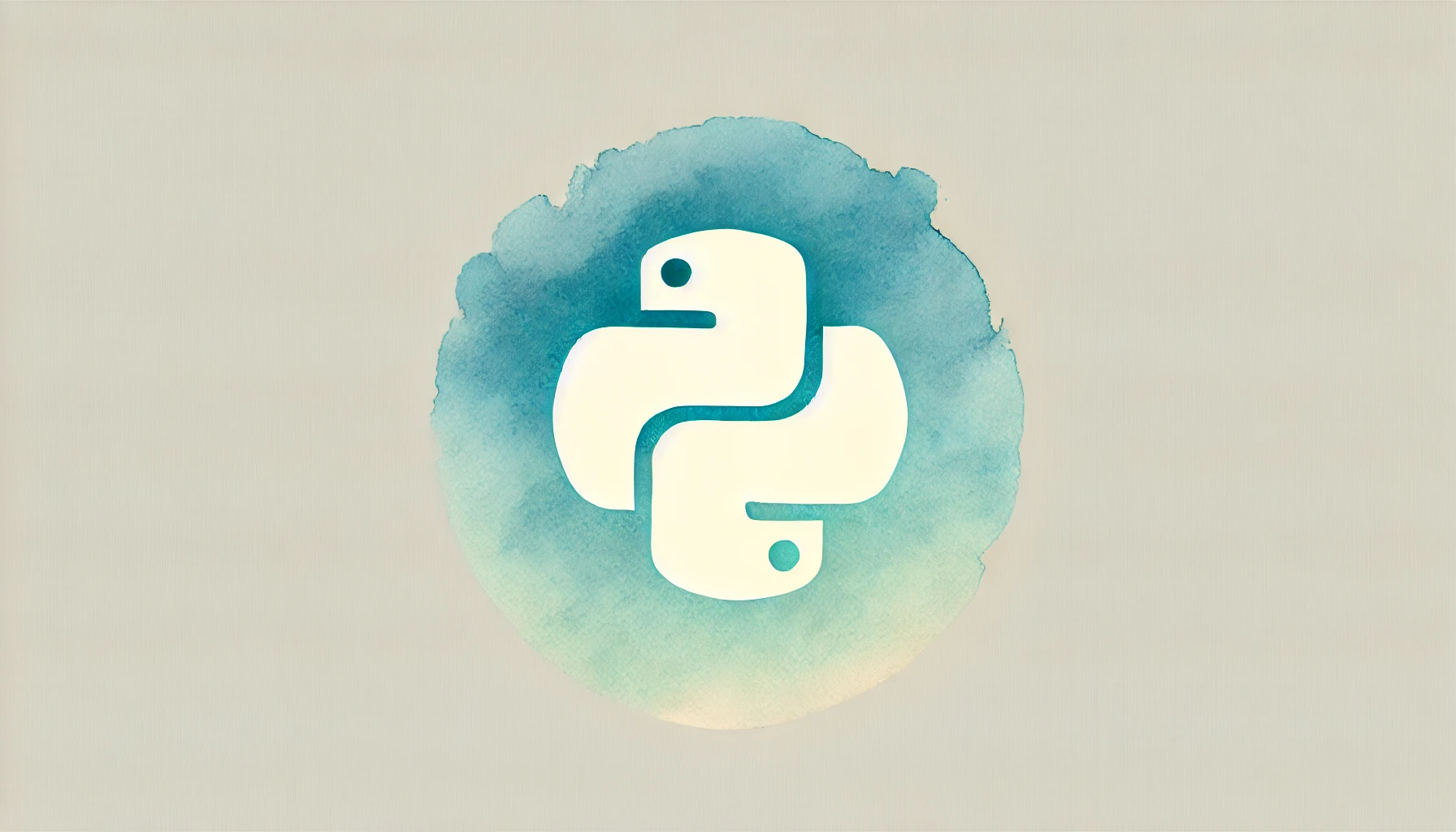markdown
Python 3でクラスを使用すべきタイミング
Pythonは非常に柔軟なプログラミング言語であり、手軽なスクリプトから大規模なアプリケーションまで幅広く利用されています。その中でも「クラス」は、オブジェクト指向プログラミングを実現するための重要な構成要素です。この記事では、Python 3でクラスを使用すべきタイミングについて、関連する知識と具体的なコード例を交えながら解説します。
クラスを使用するメリット
クラスを使用することで、データとそれに関連する機能を一つのまとまりとして扱うことができます。これにより、コードの再利用性が高まり、保守性が向上します。以下に、クラスを使用する具体的なメリットをいくつか挙げます。
- データとメソッドのカプセル化
- コードの再利用性の向上
- 複雑なデータ構造の管理が容易
クラスを使用すべきタイミング
クラスを使用するべきタイミングは、主に以下のような状況です。
- 関連するデータと機能を一つのまとまりとして扱いたいとき
- 同じ構造を持つ複数のオブジェクトを扱う必要があるとき
- コードの再利用性を高めたいとき
サンプルコード1: 基本的なクラス定義
まずは、基本的なクラス定義の例を見てみましょう。
class Dog:
def __init__(self, name, age):
self.name = name
self.age = age
def bark(self):
return f"{self.name} says woof!"
# インスタンスの作成
dog = Dog("Buddy", 3)
print(dog.bark())
上記のコードでは、犬を表すクラスを定義し、名前と年齢を属性として持たせています。`bark`メソッドは、犬が吠える動作を表現しています。
サンプルコード2: 継承を利用したクラス
次に、クラスの継承を利用した例を紹介します。
class Animal:
def __init__(self, species):
self.species = species
def make_sound(self):
return "Some generic sound"
class Cat(Animal):
def __init__(self, name):
super().__init__("Cat")
self.name = name
def make_sound(self):
return "Meow"
# インスタンスの作成
cat = Cat("Whiskers")
print(cat.species)
print(cat.make_sound())
この例では、`Animal`という基底クラスを作成し、それを継承した`Cat`クラスを定義しています。`Cat`クラスは、`make_sound`メソッドをオーバーライドして、猫特有の鳴き声を返しています。
サンプルコード3: クラスのカプセル化
次に、クラスのカプセル化を利用した例を示します。
class BankAccount:
def __init__(self, owner, balance=0):
self.owner = owner
self.__balance = balance
def deposit(self, amount):
if amount > 0:
self.__balance += amount
def withdraw(self, amount):
if 0 < amount <= self.__balance:
self.__balance -= amount
def get_balance(self):
return self.__balance
# インスタンスの作成
account = BankAccount("Alice", 100)
account.deposit(50)
account.withdraw(30)
print(account.get_balance())
この例では、`BankAccount`クラスを定義し、口座の所有者と残高を管理しています。残高はプライベート属性として定義され、直接アクセスできないようにしています。これにより、データの安全性が向上します。
まとめ
Python 3でクラスを使用することで、コードの再利用性や保守性が向上し、複雑なデータ構造を効率的に管理できます。クラスの基本的な使い方から継承やカプセル化まで、さまざまな技術を駆使することで、より洗練されたプログラムを作成することが可能です。
Python 3でクラスを使用すべきタイミングは、複数の関連するデータや機能を1つのオブジェクトにまとめたい場合や、同じ構造を持つ複数のオブジェクトを効率的に扱いたい場合に適しています。また、コードの再利用性を高めたい場合や、プログラムをより構造化して管理しやすくしたい場合にもクラスを使用することが推奨されます。クラスを使用することで、コードの見通しを良くし、保守性を向上させることができます。

